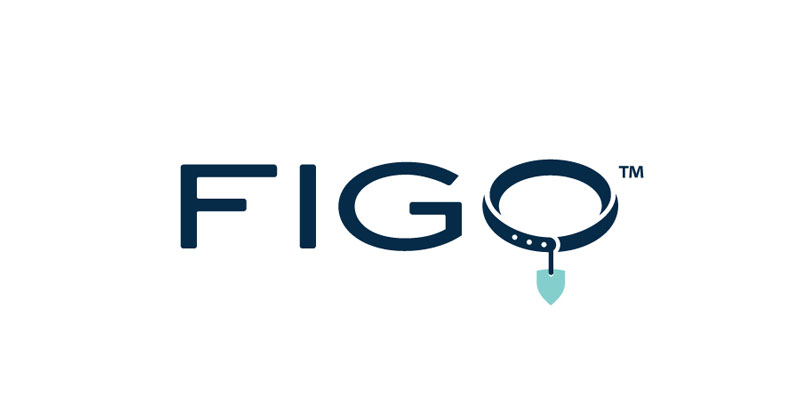Are you considering investing in an IRA but need clarification on the differences between a traditional IRA and a rollover IRA?
Choosing which is best for your financial goals can be overwhelming, especially without knowledge of the key differences.
In this blog post, we’ll break down both types of IRAs. We'll discuss who would benefit from each option, determine which type has better contribution limits and potential tax implications, and help make sure you make the right choice when selecting an IRA that fits your needs.
Overview of Rollover IRAs and Traditional IRAs

In terms of investing, an IRA is a retirement account that allows you to save and invest your money for future use. To open an IRA, you must meet certain requirements, such as age and income requirements. Traditional and rollover IRAs are two popular types of individual retirement accounts available.
Traditional IRAs are typically used by individuals who want to save on their taxes now while deferring tax payments on the investment earnings until later in life when they start withdrawing from the account during retirement. By contributing money each year, some or all of it could be deducted from your taxable income, thus reducing overall taxes paid today.
On the other hand, Rollover IRAs are created using funds transferred from a previous employer-sponsored retirement plan such as a 401(k). This allows you to keep the funds in an account that provides more investment control and flexibility.
Who Should Invest in a Traditional IRA?

If you are working and earning income, investing in a traditional IRA is likely the best option. Contributions to your IRA are tax-deductible, meaning they reduce your taxable income, which helps lower your taxes paid now.
Additionally, any earnings on money held in an IRA are taxed when withdrawn during retirement. This can benefit those who expect their future tax rate to be lower than it is now due to different circumstances, such as being retired or changing jobs.
People already saving for retirement through other accounts such as 401(k)s may also benefit from investing in a traditional IRA since it can be used to supplement their retirement savings.
Who Should Invest in a Rollover IRA?
Rollover IRAs are ideal for those who recently changed jobs or retired and have existing money in an old employer-sponsored plan like a 401(k). By transferring the funds into an IRA, you’ll access more investment options and better control over your retirement account.
Those who want to keep their retirement funds invested without worrying about taxes should also consider opening a rollover IRA since earnings on money held here won’t be taxed until withdrawal during retirement.
Contribution Limits & Potential Tax Implications
Regarding contribution limits, traditional IRAs have a higher limit than rollover IRAs. For 2021, the contribution limit for traditional IRAs is $6,000 ($7,000 if you’re over 50). On the other hand, rollover IRAs can only receive up to $4,000 of contributions each year.
As far as potential tax implications are concerned, both types of accounts offer the same tax benefits. Contributions to either type of IRA are deductible from your taxable income, and earnings on money held in an IRA will not be taxed until withdrawal during retirement.
Choosing Which Type of IRA Fits Your Personal Needs
Ultimately, choosing between a traditional IRA and a rollover IRA comes down to your needs and goals. If you are working and earning income, a traditional IRA is likely the best option as it provides more flexibility regarding contribution limits.
However, if you recently changed jobs or retired and have existing funds from an employer-sponsored retirement plan, a rollover IRA might be your best bet since it allows better control over investments made with these funds.
No matter which type of IRA you choose, make sure to do thorough research on the differences between them before investing. This way, you can ensure that your money is invested in the right place and that it will help you reach all of your financial goals in the future.
How to Open a Traditional or Rollover IRA Account
Once you’ve decided which type of IRA best suits your needs, it’s time to open an account. Opening a traditional or rollover IRA is not difficult and can usually be done in just a few steps.
To open a traditional IRA, find a reputable broker or financial institution that offers the option with reasonable fees and good customer service. There are many online brokers with low-cost trading options that could be suitable for your personal needs.
Once you’ve selected one, complete the required paperwork, make an initial deposit minimum (typically $0-$500), and fund your account according to IRS rules and regulations.
Opening a rollover IRA is similar but requires transferring funds from your retirement account. You must contact your current 401(k) or employer-sponsored plan administrator and request a direct transfer of funds into the new rollover IRA.
Some employers may require you to fill out paperwork, but this process should only take a few days and is typically handled electronically.Once your account is opened, you can start building up your retirement savings by making contributions on an ongoing basis.
Most IRAs allow you to make regular deposits with automatic transfers from checking or savings accounts. Set realistic goals for yourself and stay disciplined with saving so that you can enjoy comfortable retirement years down the road!
Tips on Maximizing Your Returns with an IRA
1. Contribute the Maximum Amount
The maximum amount you can contribute to a traditional or rollover IRA is determined by IRS rules and regulations and these limits vary based on your tax filing status and age. Make sure to take advantage of the full contribution limit so that you are maximizing your retirement savings potential.
2. Invest Strategically
Once you’ve opened an account, decide how to invest your funds. There are various factors to consider when making investment decisions, such as risk tolerance, time horizon, and expected returns.
You may choose to invest in stocks, bonds, mutual funds, ETFs, etc.; however, do research and seek professional advice before investing any money to know what to expect.
3. Take Advantage of Tax Breaks
Both traditional and rollover IRAs offer tax incentives that can help you save money on taxes each year. With a traditional IRA, your contributions are typically deductible from your taxable income for the year, whereas with a Roth IRA, you will pay taxes now but have tax-free withdrawals in retirement.
Make sure to take advantage of these tax breaks to maximize your returns!
4. Monitor Your Progress
Once you’ve opened an account and started investing, keep track of your progress and review it regularly. Check if any changes need to be made due to market conditions or personal goals to ensure you stay on track with your retirement savings plan.
By understanding the differences between traditional and rollover IRAs, contributing the maximum amount allowed by law, investing strategically, taking advantage of tax breaks, and monitoring your progress regularly, you can maximize your returns with an IRA!
FAQs
Should I keep the rollover IRA separate from the traditional IRA?
Yes, it is important to keep a rollover IRA separate from a traditional IRA. It helps track your contributions and ensure you stay within the annual contribution limit on any one type of account.
Should I contribute to both types of IRAs?
Yes, you can take advantage of different benefits from each type of IRA. Traditional IRAs offer pre-tax contributions and potential tax deductions for qualifying individuals, while Rollover IRAs allow for greater contribution limits and investments in more diverse assets. Weigh your options carefully before making a decision.
Should I consult a financial advisor?
Yes, speaking with a financial advisor can help you make the best decision when investing in an IRA. A financial advisor can guide which type of IRA is right for your needs and objectives based on your circumstances. It's important to find an advisor who has expertise in retirement planning or investing so that you get the best advice possible.
Conclusion
Choosing the right IRA for your financial goals is important. By understanding the differences between a traditional IRA and a rollover IRA, you can ensure that you make the best decision when selecting an option that works for you. With knowledge of contribution limits and potential tax implications, you can be sure to make the most of your retirement savings.







